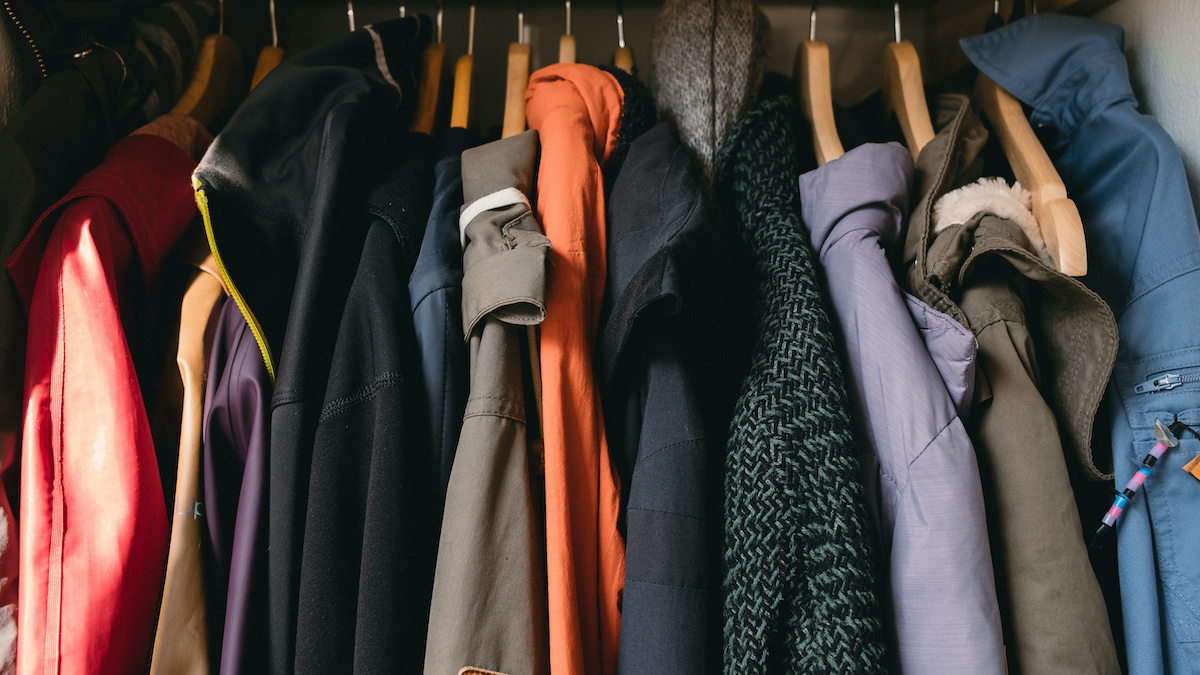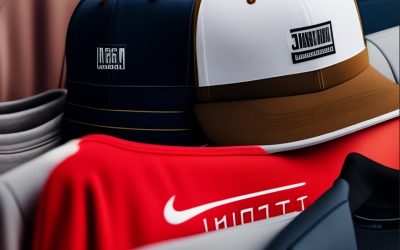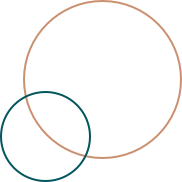Are you familiar with the various types of garment samples used in the apparel industry? Each type of sample plays a crucial role in the product development and manufacturing process. In this post, we will take a closer look at the different types of garment samples and their respective purposes.
Proto Sample/First Sample
The proto sample or the first sample is the initial sample developed by the manufacturer based on the design and specifications provided by the buyer. The objective of the proto sample is to give the buyer a visual representation of the garment design, fit, and construction.
Fit Sample
The fit sample is developed after the proto sample to ensure that the garment fits correctly on the wearer. The fit sample is usually made in the final fabric and includes all the necessary components of the garment such as lining, pockets, and zippers.
Size Set Sample
The size set sample is made in all the required sizes of the garment to ensure that the fit is consistent across all sizes. The size set sample is used to verify the grading of the garment pattern and make necessary adjustments before moving on to the next stage.
Salesman Sample
The salesman sample is made to showcase the garment design to potential buyers or retailers. The objective of the salesman sample is to generate interest and secure orders for the garment.
Photo Shoot Sample
The photo shoot sample is made to create high-quality images for marketing and advertising purposes. The photo shoot sample is made using high-quality fabrics and construction techniques to showcase the garment’s design and features.
Development Sample
The development sample is made to test the fabric and construction techniques before proceeding with bulk production. The objective of the development sample is to identify any potential issues and make necessary changes before moving on to the next stage.
PP Sample
The PP sample or pre-production sample is made before the start of bulk production to ensure that the final product meets the buyer’s specifications. The PP sample includes all the necessary components and details of the garment.
TOP Sample
The TOP sample or top of production sample is made during the bulk production process to ensure that the final product matches the PP sample. The TOP sample is used to verify that the garment meets the buyer’s specifications in terms of fabric, construction, and design.
Counter Sample
The counter sample is made by the manufacturer based on a garment provided by the buyer. The objective of the counter sample is to match the garment’s design, construction, and fabric.
Shipment Sample
The shipment sample is made to ensure that the final product meets the buyer’s specifications and quality standards. The shipment sample is used to verify the garment’s design, construction, and quality before shipping it to the buyer.
Showroom Sample
The showroom sample is made to showcase the garment’s design and features to potential buyers or retailers. The objective of the showroom sample is to generate interest and secure orders for the garment.
GPT Sample
The GPT sample or golden pre-production sample is made before the start of bulk production to ensure that the final product meets the buyer’s specifications and quality standards. The GPT sample includes all the necessary components and details of the garment.
Gold Seal Sample/Sealed Sample
The gold seal sample or sealed sample is made to ensure that the final product meets the buyer’s specifications and quality standards. The gold seal sample is used to verify the garment’s design, construction, and quality before shipping it to the buyer.
Red Tag Sample
The red tag sample is made during the bulk production process to identify any issues or defects in the final product. The red tag sample is used to mark the garments that do not meet the quality standards and need to be reworked or rejected.
Digital Garment Sample
The digital garment sample is created using 3D software to give the buyer a visual representation of the garment design, fit, and






0 Comments